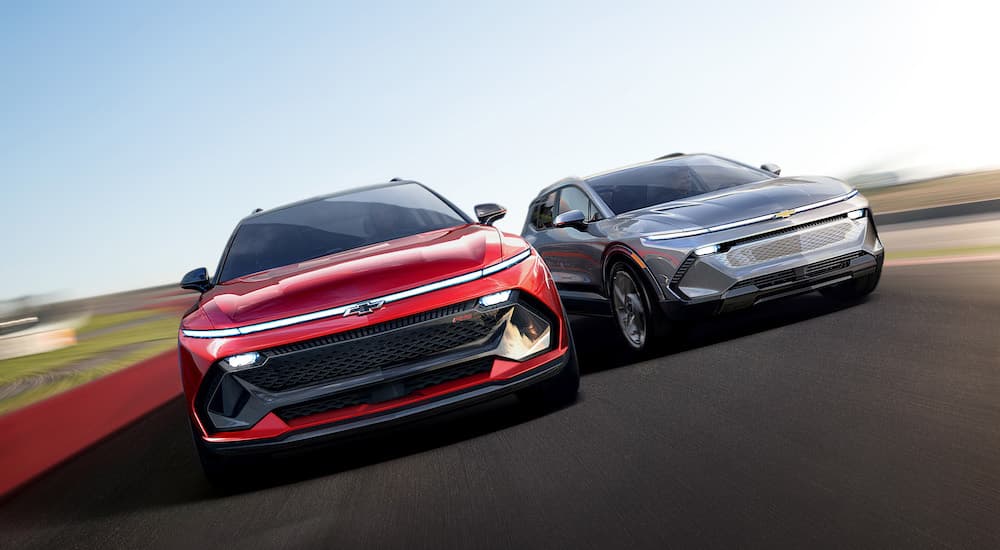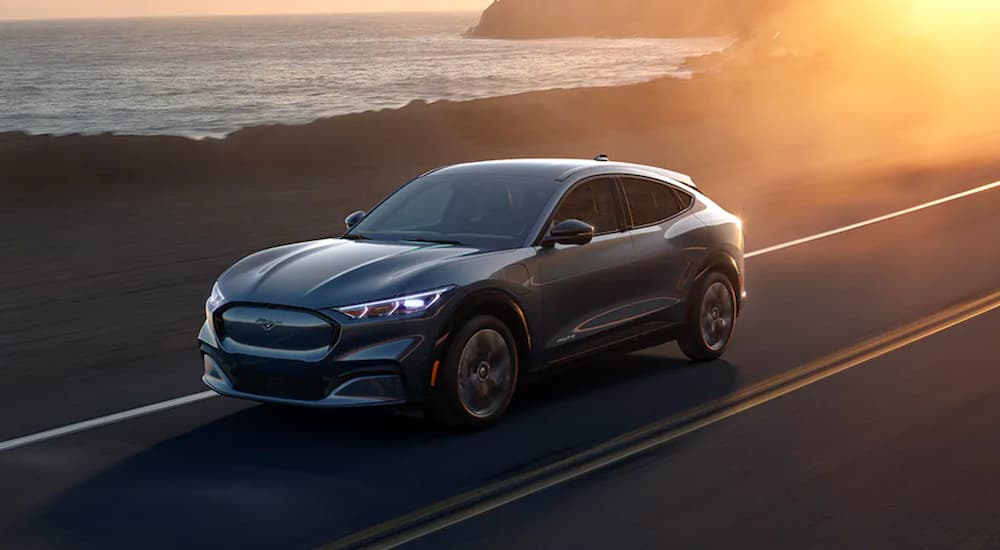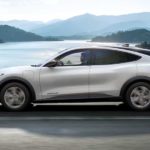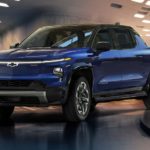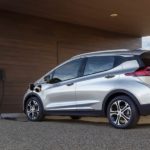If you’re even remotely aware of what’s been going on in the auto industry for the last decade or so, then you’ve certainly seen a growing push toward an all-electric future. Electric Vehicles (EVs) have become increasingly popular throughout the 21st Century, and the signs indicate that that’s not about to change. But the big question a lot of people are still grappling with is whether we’re all ready for this change—whether Americans are ready to embrace the all-electric future of cars.
To be completely honest, the answer is essentially a non-committal shrug with a fair amount of hand-waving and a bit of head-bobbing back-and-forth—to really indicate a lack of certainty. There are so many moving parts involved with everyone in the country going electric that you can’t simply say “yes” or “no” to such a complicated question. I’m going to do my best, however, to go into some of the ways that we’re ready—or at least getting ready; I’ll also touch on some clear issues that haven’t been addressed yet. I suppose the TL;DR for this is: sort of, kind of, maybe? Hope that helps.
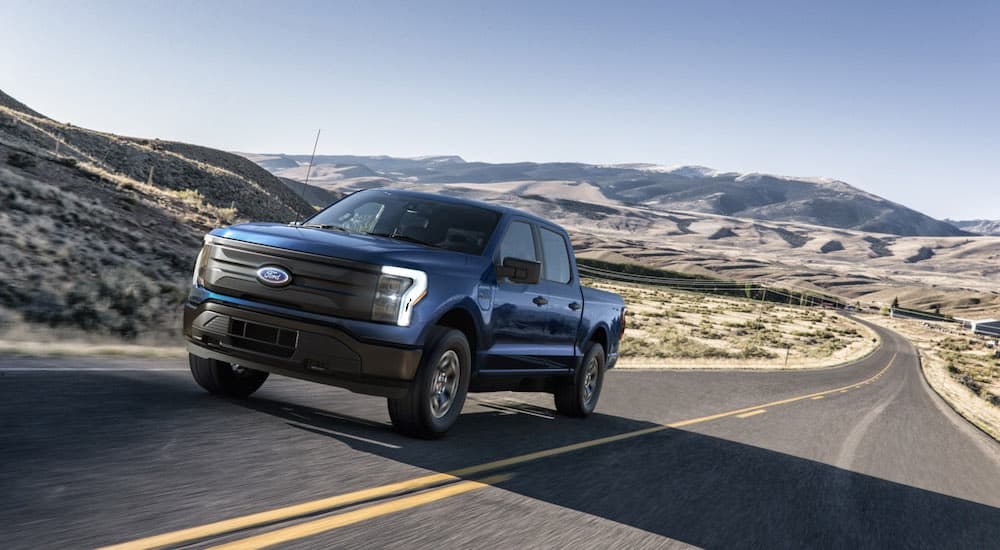
Where We’re at Right Now
Despite the fact that EVs seem to be all the proverbial rage and dominate the headlines for car blogs, auto news websites, and even general business and tech news, they’re really not that pervasive in the US just yet. As of 2018, there were about 1 million EVs on the road here in the US; that might sound like a lot, but that’s less than 2% of the total vehicle market in the country. The numbers are moving up, of course, with more models made available and becoming increasingly popular. However, they’re not exactly dominating the industry just yet.
It’s expected there will be over 18 million EVs on the road in the US within a few more years, but that’s still just the tip of the iceberg in terms of taking over. Other countries are definitely leading the way; China has the biggest market for EVs at the moment, with more models selling there each year than anywhere else. In terms of overall ownership, however, about 50% of all vehicles in Norway are plug-in electric models in one form or another. Over the next few years, Norwegians expect this to get up to 100%. Just last year, 65% of all vehicles sold there were EVs, and the government there is pushing for all new vehicles sold to be zero-emissions models by 2025.
Last year, of all the vehicles sold in the US, only 4.5% of them were electric models—that’s pretty sad compared to where countries like Norway are at. By comparison, 14% of vehicles sold in China last year were EVs; not only is China a larger auto market right now, but they’re far more aggressively pushing toward an all-electric future.
In other words, even though the car market here in the US is huge and we have the world’s leading auto manufacturers, customers here are falling behind other countries in terms of what we’re actually buying and driving. As states like California push toward zero-emissions requirements for all new vehicles sold in just a few years—and manufacturers focus more on developing EVs—it feels like we’re heading toward a bit of a culture shock.
Positive Changes Ahead
There are a lot of good things on the horizon, though, when it comes to EVs and the likelihood that they’ll take over the auto market. Two of the biggest concerns a lot of people have had with switching to an electric model revolve around driving range and the availability of easy charging options. Every new EV model seems to improve upon the last in terms of range, though, and the current generation of vehicles is generally hitting about 300 to 400 miles of range from a full charge as a benchmark. This is more than enough distance for the vast majority of drivers, especially for daily commutes, errands, and anything else routine.
To add to this, the federal government is pushing to construct a massive network of charging stations along the nation’s major highways. President Biden’s infrastructure bill includes $174 billion for developing a charging network, which would include a station at least every 50 miles along highways throughout the US. Between this and the improvements to battery design, EVs will be able to go further and charge faster—and you’ll never be too far from the next station.
Hurdles Yet to Be Overcome
These improvements are great, but there are still issues that need to be sorted out and dealt with for EVs to be practical for every driver in America. I’d argue that the biggest hurdle right now is the lack of at-home charging options for everyone. Most current EV drivers don’t rely on commercial charging stations when they’re out and about; they primarily charge their vehicles at work or at home, and this freedom and flexibility are a huge part of getting the most from their EV. But not everyone has this option.
For people who live in large apartment complexes, rent a house, or occupy a duplex in cities and suburbs, there aren’t good options for charging at home. This eliminates one of the best reasons to own an EV—from a consumer perspective at least—and makes them much less enjoyable overall. The reality is that this is not a problem with an easy solution; apartments will have to figure out how to incorporate EV chargers into parking structures or covered parking lots—if they even have parking at all. Multi-family houses, which rent to two or more groups of tenants, already deal with parking issues in a single driveway; combine that with the needs for charging two or three EVs, and you have a serious headache.
The other major concern a lot of people have about an all-electric future is chiefly environmental: What will happen with all of the batteries produced for them? Recycling is a good option, but it’s not a catch-all once batteries run out of juice. Even worse, the batteries in EVs aren’t being designed for recycling, which makes them difficult, costly, and time-consuming to actually recycle. China has taken the first step in solving this: all EVs sold in China are now required to have batteries designed for easy recycling after they expire. So far, the US has not taken a similar step.
How to Get from Here to There
It’s clear that there’s a path to an all-electric future, whether every driver likes it or not—and there are plenty of people still resistant to it. Younger generations seem to be quicker to embrace the shift to EV-only—but what else is new? The youth are always the first to adopt new technology, leave the past behind, and move toward progress and innovation over familiarity.
Ultimately, it’s all going to come down to how quickly and effectively people can come up with solutions. Steps must be taken to get us over the hurdles on the way to an all-electric future. Like so much else, though, it will be about money and what consumers demand.
As more people drive EVs, they’ll demand more options for charging. This will push businesses, apartments, and home developers to begin offering more charging stations or options—which will make things faster, easier, and more practical for everyone. These steps won’t be easy and may not be quick to roll out, but we’ll get there.
